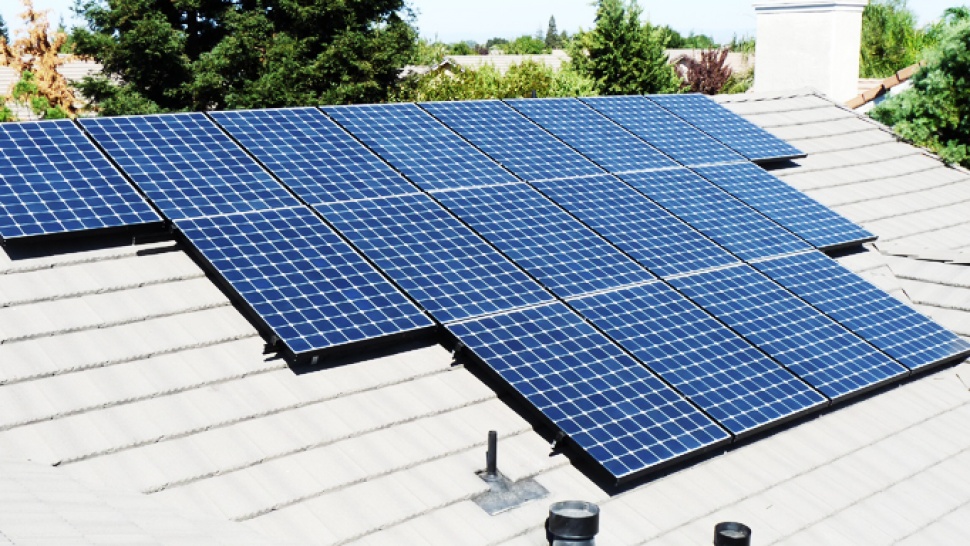Recently, scientists and researchers have layered different mineral forms of titanium oxide on top of one another to improve perovskite-type solar cell efficiency by 1/6th. This new discovery can transport electrons from the center of the cell to its electrodes in a better way. This new approach could be used to formulate even more efficient perovskite-type solar cells.
The Novel Approach Over The Regular Solar Cells
Most of the solar cells are made of silicon. These are difficult to manufacture and require vacuum chambers and temperatures above 1000 °C. Therefore, the research efforts were focused on a new type of solar cell, based on metal halide perovskites. These solutions can be inexpensively printed to create more efficient and inexpensive solar cells.
Perovskites can turn light into electricity, when sandwiched between a negative and positive electrode. One of these electrodes should be transparent for allowing solar energy to reach the perovskites. Also, any other material used to help the charge flow from the perovskites to the electrode must be transparent, as well. Researchers have discovered that thin layers of titanium oxide are both transparent and can transport electrons to the electrode.
Research At Kanazawa University
A Japan-based research team at Kanazawa University has carried out a detailed research into perovskite solar cells using electron transport layers made of anatase and brookite. These are different mineral forms of titanium oxide. Scientists compared the impact of using either pure anatase or brookite or combination layers.
The anatase layers were manufactured by spraying solutions onto glass coated with a transparent electrode that was heated at 450 °C. At the same time, scientists used water-soluble brookite nanoparticles to create the brookite layers. These nanoparticles had yielded poor results in the past, but the team foretold that combination layers would solve the issues previously encountered.
By layering brookite on top of anatase, the solar cell efficiency was improved up to 16.82%. These results have now opened up a new way to optimize perovskite solar cells, through controlled stacking and manipulation of different mineral forms of titanium oxide.
Learning how to create more efficient perovskite solar cells is important for developing a new generation of printable, low-cost solar cells that could provide affordable clean energy in the future.
home battery storage, solar battery backup, solar battery backup system for home, battery energy storage system, residential battery storage, solar battery backup yuba city, solar battery backup sacramento, battery storage yuba city, battery storage chico, battery storage california
https://www.westhavensolar.com/solar-energy-battery-storage-system-installer.html
https://www.westhavensolar.com



Share the News